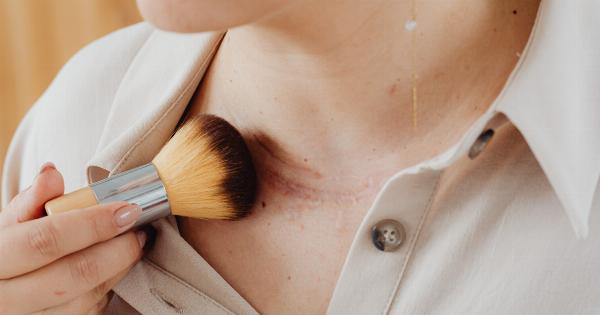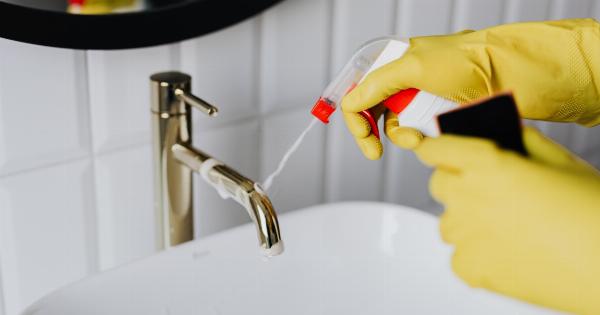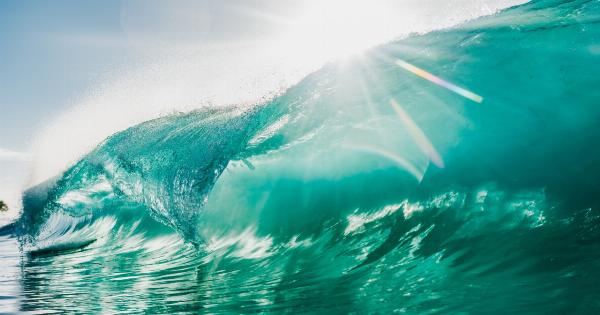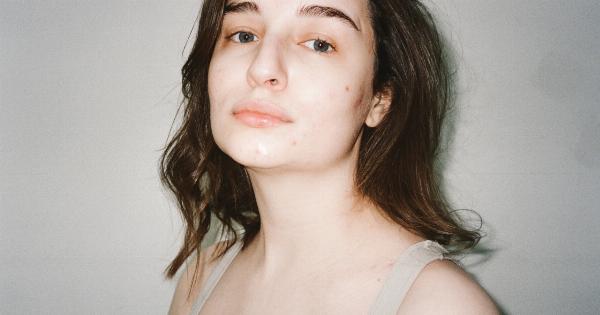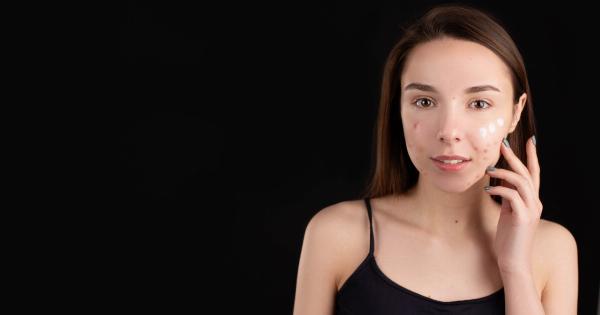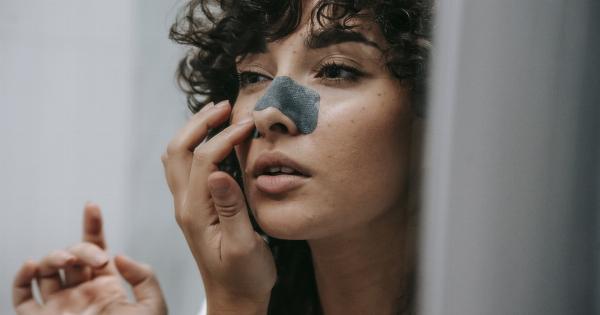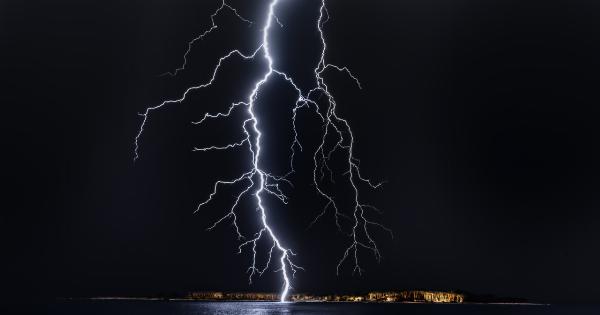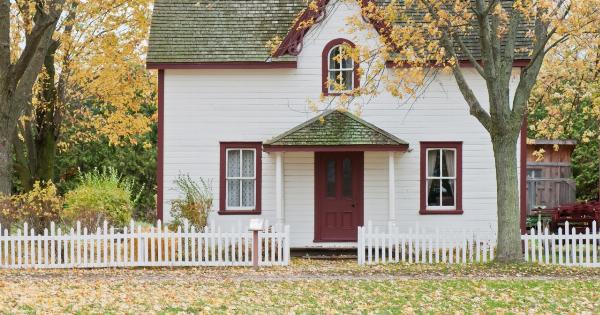Acne is a common skin condition that affects people of all ages. It is characterized by the formation of pimples, whiteheads, blackheads, and other types of blemishes on the skin.
Pimples are one of the most common types of acne and can be a source of frustration for those who suffer from them.
Understanding the lifespan of pimples can help people better manage their acne and prevent new breakouts. Here’s what you need to know.
What are Pimples?
Pimples are small, raised bumps on the skin that are usually red or pink in color. They are also known as papules. Pimples form when the hair follicles on the skin become clogged with oil and dead skin cells.
Bacteria can also get trapped in the follicle, leading to inflammation and the formation of a pimple.
The Lifespan of a Pimple
A pimple goes through several stages in its lifespan. Understanding these stages can help you know when to take action and when to leave it alone.
Stage 1: The Beginning
The first stage of a pimple is the beginning. At this stage, the hair follicle becomes clogged with oil and dead skin cells, and bacteria begin to grow. The result is a small, red bump on the skin.
Stage 2: The Whitehead or Blackhead
If the bacteria continue to grow and the inflammation persists, the pimple will move on to the next stage. At this stage, the pimple may become a whitehead or blackhead, depending on whether the pore is open or closed.
A whitehead is a closed bump that looks white or yellow because it is covered by a layer of skin. A blackhead, on the other hand, is an open bump that looks dark because the oil and dead skin cells in the pore have oxidized.
Stage 3: The Pimple
If the inflammation continues, the pimple may progress to the next stage. At this stage, the pimple is larger and more noticeable on the skin. It may be painful or tender to the touch.
Stage 4: The Pustule
If the inflammation continues to increase, the pimple may become a pustule. A pustule is a large, pus-filled bump. It may be painful and tender to the touch.
Stage 5: The Cyst
If the inflammation is very severe, the pimple may become a cyst. A cyst is a large, deep, pus-filled bump that is usually very painful. Cysts can be difficult to get rid of and may leave scars.
How Long Do Pimples Last?
The lifespan of a pimple can vary, depending on its stage and severity. On average, a pimple lasts about 7-10 days. However, some pimples can last several weeks or even months.
If you want to get rid of a pimple quickly, there are several things you can do. Here are some tips:.
1. Don’t Pop It!
It can be tempting to pop a pimple, especially if it’s large or painful. However, popping a pimple can make it worse. When you pop a pimple, bacteria can spread to other areas of the skin, leading to more breakouts.
Popping a pimple can also cause scarring.
2. Keep the Skin Clean
Clean skin is less likely to break out. Wash your face twice a day with a gentle cleanser. Avoid using harsh scrubs or exfoliants, as these can irritate the skin and make acne worse.
3. Use a Spot Treatment
Applying a spot treatment to a pimple can help it heal faster. Look for products that contain benzoyl peroxide or salicylic acid, which can help reduce inflammation and kill bacteria.
Apply the treatment directly to the pimple, being careful to avoid the surrounding skin.
4. Don’t Touch Your Face
Touching your face can transfer bacteria from your hands to your skin, leading to breakouts. Try to avoid touching your face throughout the day.
5. Use Ice
Applying ice to a pimple can help reduce inflammation and redness. Wrap an ice cube in a clean cloth and place it on the pimple for a few minutes at a time, several times a day.
Conclusion
Understanding the lifespan of a pimple can help you better manage your acne and prevent new breakouts. Remember to keep your skin clean, avoid popping pimples, use a spot treatment, and avoid touching your face.
If you have severe acne, see a dermatologist for treatment.







